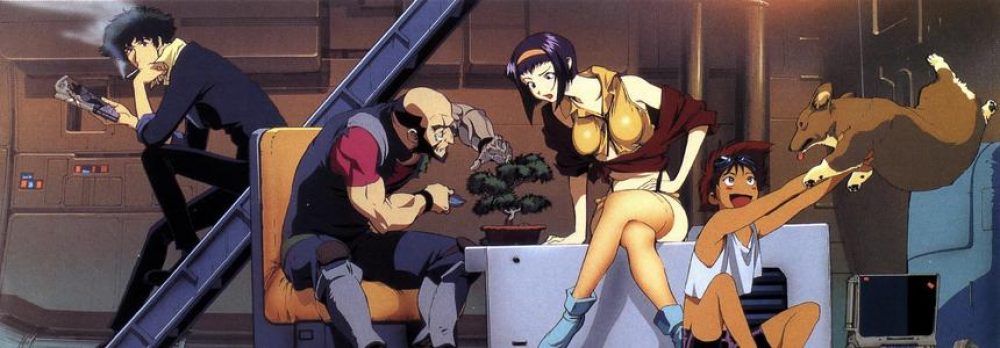Linear workflow
The linear workflow means that when the software calculates, all the data involved in the calculation are based on linearity. Almost all image processing software we use is based on linear calculations. That is, 1+1=2, 2*2=4, 128+128=256. The correct premise of this process is that all the materials, conditions, and lights before the calculation are linear data.

sRGB (standard Red Green Blue) is a color language protocol jointly developed by Microsoft imaging giants. Microsoft, together with Epson, HP, etc., provides a standard method to define colors, allowing various computer peripherals such as display, printing, and scanning to interact with Application software has a common language for color.
Gamma correction
It is to edit the gamma curve of the image to perform non-linear tone editing on the image to detect the dark part and the light part in the image signal, and increase the ratio of the two, thereby improving the image contrast effect. In the field of computer graphics, the conversion relationship curve between the output voltage of the screen and the corresponding brightness is used to be called the Gamma Curve.
In terms of the characteristics of the traditional CRT (Cathode Ray Tube) screen, the curve is usually a power function, Y=(X+e)γ, where Y is the brightness, X is the output voltage, e is the compensation coefficient, and the power The value (γ) is the gamma value. Changing the size of the power value (γ) can change the Gamma curve of the CRT. The typical Gamma value is 0.45, which makes the brightness of the CRT image appear linear. For display screens such as TV sets using CRTs, since the luminous grayscale of the input signal is not a linear function but an exponential function, it must be corrected.
ACES
Academy Color Coding System is an open color management and interchange system developed by the American Academy of Motion Picture Arts and Sciences (AMPAS) and industry partners.
the depth of color
In the field of computer graphics, color depth represents the number of bits used to store 1 pixel of color in a bitmap or video frame buffer. It is also called bit/pixel (bpp). The higher the color depth, the more colors are available.
The color depth is described by “n-bit color”. If the color depth is n bits, there are 2n color choices, and the number of bits used to store each pixel is n.
Light type

Mantra&Arnold
After the learning experience in this lesson, I think that in the rendering speed of simple scenes, the speed of Arnold is much higher than that of mantra, but in terms of experience, especially the processing of textures by Arnold, the experience is not very good, repeated rendering and rendering is not good The problem of displaying textures recurred during my operation. Of course, I spent a lot of time on a UV problem. Houdini can’t create plane UV automatically. I remembered: UV is important to Texture
Some people on the Internet provided a comparison of the two renderers in terms of caustics. Mantra is significantly better than Arnold in this respect. In general, the two renderers have their own advantages and disadvantages, but I tend to use Arnold and hope that Htoa can be updated.


Mantra Arnold
Here are some of my renderings:
Arnold

Mantra

Motion blur:




